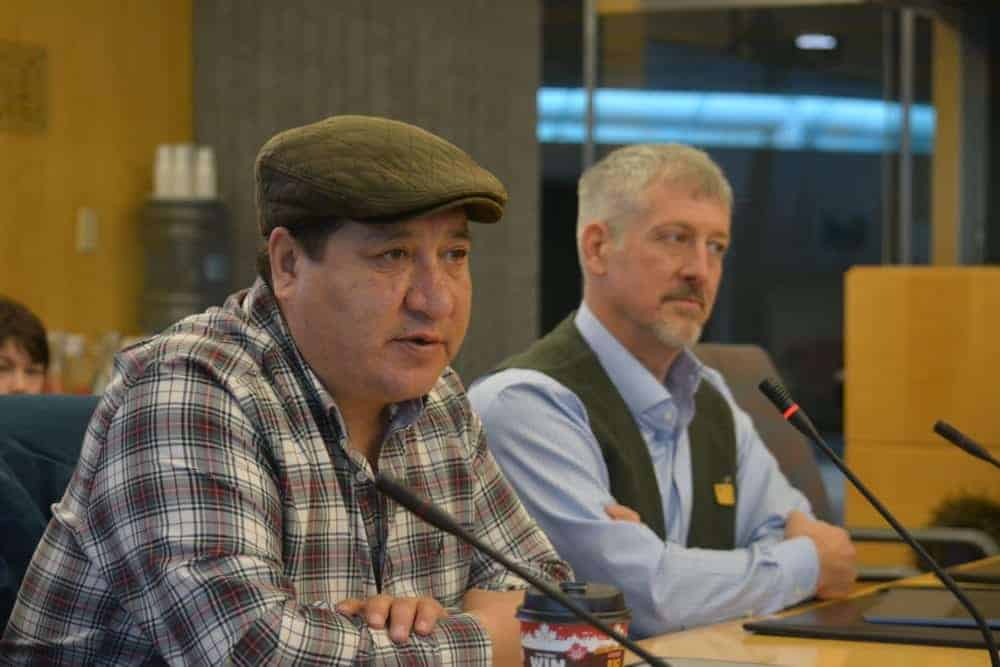The NWT is on the verge of another immense protected area: Thaidene Nene, on the East Arm of Great Slave Lake.
Thaidene Nene will be unique in that it will comprise a national park reserve, several territorial parks and a caribou management area – a total of 26,308 square km.
Steven Nitah, chief negotiator for Lutsel K'e Dene First Nation, who made a case for the protected area in the legislative assembly earlier this month, says such legislation can provide "economic opportunities through the conservation economy."
The park reserve will provide 18 jobs, eight of which are full time, and will be a tourism draw. The same is true of Edehzhie, a 14,250-square-km swath of Dehcho plateau with tremendous spiritual and wildlife value to the Indigenous people of the area. It was officially granted official protected area status on Oct. 11.
Where Thaidene Nene is concerned, no areas of high mineral potential and almost all areas of moderate-to-high mineral potential were excluded from the national park reserve area. That means even though Thaidene Nene will host no industrial development aside from small community-based projects, there is still potential outside its boundaries for mineral exploration and eventual mines. This is an important consideration, one not lost on the Inuit next door, who also place great value on protecting their land.

James Eetoolook, the long-serving vice-president of land claims organization Nunavut Tunngavik Incorporated, told delegates at the Nunavut Mining Symposium in 2000 that "we will do our best to ensure that, before any more land is taken as parks and conservation areas, it does not include areas of high mineral potential. We recognize that mineral resources are rare and valuable and we do not
wish to see them wasted because they are included inside a new park."
Nunavut, like the NWT, is home to three active mines but Nunavut is expected to see that number grow to five in the next several years. In the NWT, there is uncertainty over when the next mine will open, and nothing coming down the pike will come close to replacing the closure of the diamond mines, potentially representing the loss of close to 3,000 jobs.
Our governments – territorial, Indigenous and federal – need to work together to ensure NWT residents, many of them First Nations and Metis, aren't left unemployed. That means there must be a balance between ecological conservancy, infrastructure and the economy.
The NWT is doing its part towards making a reality of Canada's goal to preserve 17 per cent of all lands and inland waters by 2020. We need to be deliberate and choose wisely in creating protected areas, like Edehzhie and Thaidene Nene. At the same time, we need to give equal thought to creating jobs and wealth for the people of our territory. Indigenous governments, through land claims and court decisions, are largely in the driver's seat in shaping the NWT's future economy. They are also in strong positions on regulatory boards.
There is no avoiding the fact that mining lies at the heart of economic development in the North. The jobs and resource royalties it brings will help provide for future generations, making mining also worth preserving.